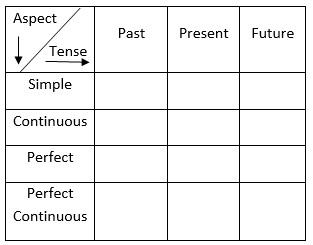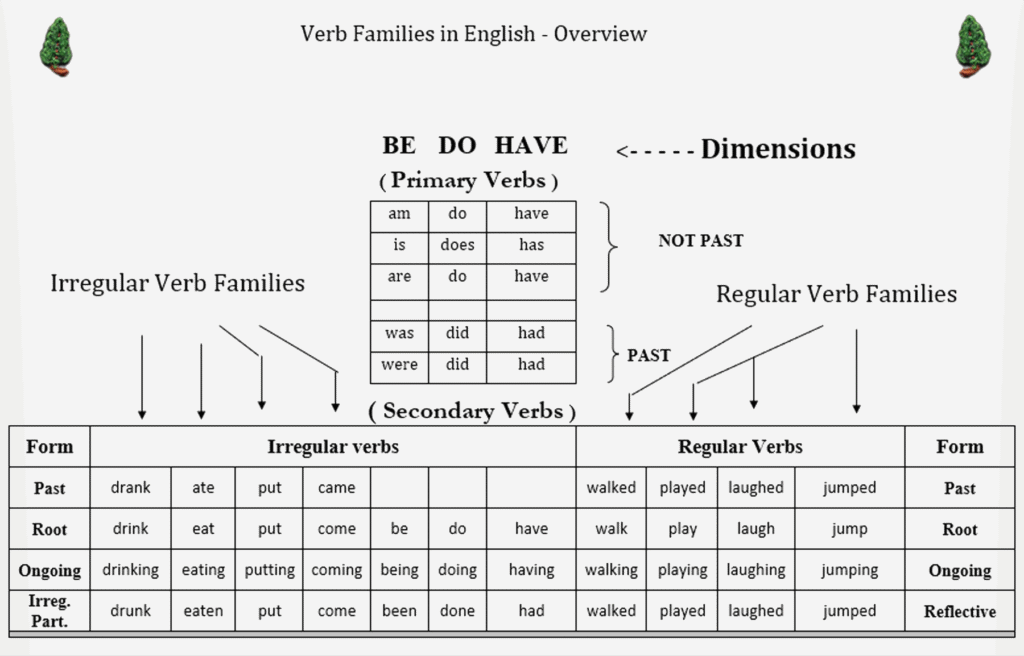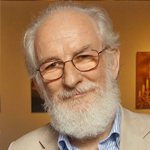About the Program
How ‘A Simple English Lesson’ Works
What I am doing that is different! The standard approach to teaching English leaves one of the most challenging grammatical elements – the preposition – off to the sidelines. Even though they appear on the page as frequently as verbs, prepositions receive less than 2% of the focus in ESL texts. It is the failure to master this element which complicates all further progress. A Simple English Lesson treats this element as the core foundation to master, since once it is understood all further progress builds on this right to the advanced level.

The current system introduces the verbs “am, is, are, be, have,” and “do” as being equal in Unit 1 of most Beginner workbooks. Furthermore, they do not differentiate between the roles these words play in statements such as: “I have a car.” and “Have you seen Bob?” Students are faced with three transformation patterns – without explanation as to why – as they negotiate from, “I am Hal.” to I am not Hal.” and then from, “I drive a car.” to “I do not drive a car.” and then from, “Have you seen Betty?” to “I haven’t seen Betty.” The “GRAMMAR” of these patterns is left unexplained.
I do not follow this system.
I have found a way to explain these differences. A way that makes sense to students and provides an overview of what they are working on as well as how this fits into the greater scheme of communications. This “overview” returns to using “Primary verbs” and ‘Secondary verbs’ to differentiate the functions of the three Dimensions: BE, DO, & HAVE. It explains where the 3rd person singular “s” comes from in such statements as “He writes books.” and The doctor examines his patients.”

Why it works?





